Introduction
The humble coffee chair, often overlooked, holds a profound significance in our daily lives. It's not just a piece of furniture, but a symbol of urban culture, a testament to design evolution, and a tool for personal comfort. This article delves into the art and science behind the perfect coffee chair, exploring its historical significance, artistic interpretations, ergonomic considerations, and the impact of materials and colors. We'll also discuss how the right coffee chair can transform your coffee moments, enhancing comfort, promoting relaxation, and fostering socialization.
The Significance of a Coffee Chair
The coffee chair, often referred to as a 'café chair', is more than just a piece of furniture. Its existence is a testament to significant shifts in production, urban development, and societal norms over the past two centuries. The emergence of the café chair was a response to the changing nature of public spaces. In the 19th century, as cities became overwhelming, people sought places to retreat, and café chairs provided a way to be alone in public. These chairs, lightweight and unobtrusive, became tools for anonymity, defining modern urban culture.
The Art of the Coffee Chair
The 'Coffee Chair' by a renowned designer is a unique blend of art and functionality. It breaks away from the general symmetry of a chair, taking the form of a coffee mug silhouette on a saucer. The handle of the 'mug' serves a dual purpose, acting as a hook for draping a jacket or hanging a bag. This design satisfies both elements of functional and decorative design, making it an artistic masterpiece intended for use in cafés and restaurants. The chair comes in three colors, adding to its aesthetic appeal.
Historical Perspective
The No. 14 chair, also known as the 'bistro chair', holds a significant place in the history of coffee chairs. Introduced in 1859, it became the world's first mass-produced item of furniture. Made using steam-bent wood, this chair was affordable and simple, making it one of the best-selling chairs ever. The design was a response to a need for cafe-style chairs, often made of woven cane or palm to allow spilt liquid to drain off. The No. 14 chair is still produced today, testifying to its timeless appeal.
Design and Aesthetics
The 'Coffee Chair' by a renowned designer is a unique blend of functional and decorative design. Its form, reminiscent of a coffee mug on a saucer, breaks away from the general symmetry of a chair. The handle of the 'mug' serves a dual purpose, acting as a hook for draping a jacket or hanging a bag. The chair is made from European wood veneer with a painted finish. It comes in three colors, adding to its aesthetic appeal. The chair's dimensions are 547 x 470 x 810 mm, making it a suitable addition to various spaces like cafés and restaurants.
The Science Behind the Perfect Coffee Chair
The science behind the perfect coffee chair lies in its ergonomics and comfort. Using a coffee chair for laptop work can lead to awkward postures and increased stress. The seat pan is often too hard, too low, and tilted back, causing you to slump and stress your lower back. The table height can also cause shoulder elevation and wrist compression. However, with simple adjustments like using a pillow for lumbar support and a binder to tilt the laptop, the coffee chair can be transformed into a comfortable and functional workspace.
Ergonomics and Comfort
A high-quality ergonomic fabric high-back office chair, also known as the 'coffee chair', offers a unique blend of comfort and ergonomics. It features lumbar support, adjustable armrests, and a recline feature, all designed to keep you focused and comfortable. The chair's upholstery ensures all-day airflow, preventing sweating and sticking. This chair is not just about aesthetics; it's about creating a comfortable and flexible workstation that enhances your coffee moments.
Materials and Durability
The material of a coffee chair significantly impacts its durability and aesthetic appeal. Traditional materials like wood offer unique character and longevity, making them a popular choice. Metals, on the other hand, provide a modern, sophisticated appeal and are ideal for creating unique structures. Glass adds a clean and light look, while natural stones elevate the richness of a space. Veneers offer astounding textures, and leather imparts a cool quotient to furniture pieces. Textiles, ranging from luxurious handlooms to synthetic blends, offer countless selections based on texture, thickness, and durability. The choice of material should align with the aesthetics, durability, and maintenance requirements of the coffee chair.
Psychological Impact of Colors and Textures
Colour psychology plays a crucial role in the design of your coffee chair. Different colours can evoke various moods and emotions. Warm colours like red and orange can create a sense of energy and warmth, ideal for stimulating lively coffee conversations. On the other hand, cool colours like blue and green can induce calmness, perfect for a tranquil coffee break. The texture of the chair also impacts the overall experience. A soft, plush texture can provide a sense of comfort and luxury, while a sleek, smooth texture can give a modern, minimalist feel. Therefore, understanding the psychological impact of colours and textures is essential in choosing the perfect coffee chair.
Transforming Your Coffee Moments
The Ethiopian coffee ceremony, or 'buna', is a significant social event that brings people together to relax, communicate, and socialize. The ritual, which involves sitting close to the ground, often on stools, creates a unique space where people can leave their daily cares behind and support one another. This ritual reinforces shared values and beliefs, and also empowers people. Translating this to your coffee moments, the right coffee chair can transform your experience, creating a personalized space that not only enhances comfort but also promotes relaxation and socialization.
Choosing the Right Coffee Chair
Choosing the right coffee chair can significantly enhance your coffee moments. Consider the material of the chair; metal chairs are durable and can be painted in any color, wooden chairs offer a rustic appearance, aluminum chairs are great for outdoor use, and upholstered chairs provide a sophisticated look. The type of chair also matters; side chairs, arm chairs, Parsons, stacking chairs, and bolt-down chairs are all suitable for different settings. Finally, the style of the chair, whether ladder-back, X-back, school house, modern, traditional, industrial, or Chiavari, can match your aesthetic preferences and interior design style.
Creating a Personalized Coffee Space
Creating a personalized coffee space can be a delightful project. You can start by choosing small coffee bar ideas that reflect your personality and style. This could be a unique space in your home where your daily morning coffee becomes a sacred ritual. Consider adding a personal touch with a pastel handmade painting of your favorite memory. You can also display your favorite coffee mugs, syrups, and accessories. Remember, some of the best coffee bar ideas take less space than you think. So, even with limited space, you can create a spectacular coffee nook.
Conclusion
The coffee chair, in its myriad forms, is a remarkable blend of art, science, and history. It has evolved from a simple tool for public anonymity to an artistic masterpiece and a symbol of comfort and ergonomics. The choice of material, color, and texture can significantly influence its aesthetic appeal and psychological impact. The right coffee chair can enhance your coffee moments, creating a personalized space that promotes relaxation and socialization. Whether it's a modern design by a renowned designer or a timeless piece like the No. 14 chair, the perfect coffee chair is a testament to your personal style and a catalyst for memorable coffee experiences.

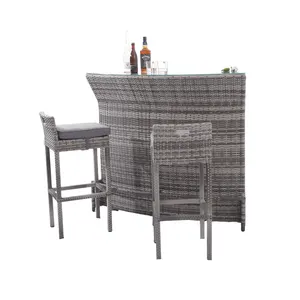







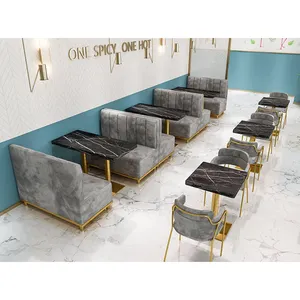


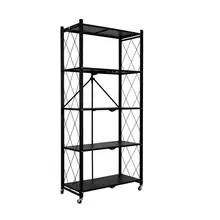




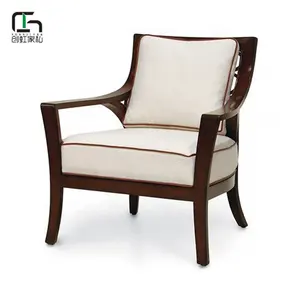


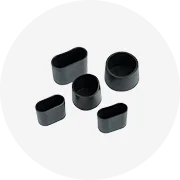
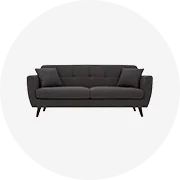
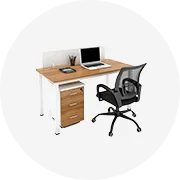

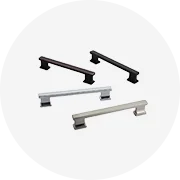
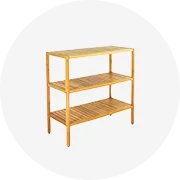

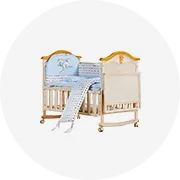








 浙公网安备 33010002000092号
浙公网安备 33010002000092号 浙B2-20120091-4
浙B2-20120091-4